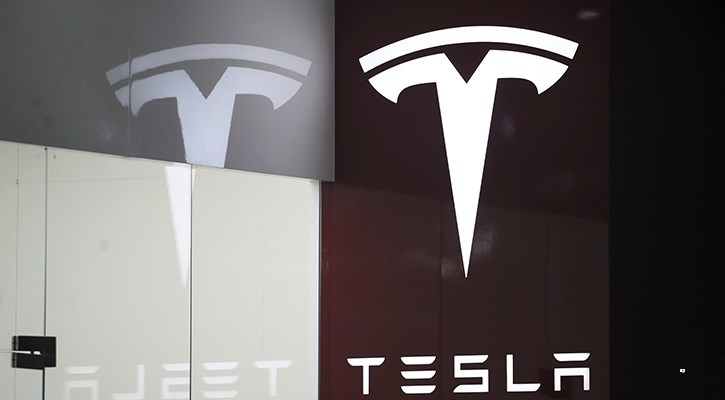
As debates continue about valuations in technology, James Stillwagon maintains a focus on trends that he thinks won’t change over the next decade.
“We’re cognizant of the risks,” says Stillwagon, lead manager of the TD Global Entertainment & Communications mandate. Stillwagon is a communications and technology portfolio manager with Baltimore-based T. Rowe Price Associates Inc., the subadvisor of the fund. “Many of those [risks] have to do with valuations, particularly in the telecommunications media and technology space (TMT),” he adds, noting that the performance and earnings he’s been seeing haven’t been following stock prices.
Resilience > Quarterly Performance
Stillwagon’s investment process is not predicated on one quarter or even through an intense drawdown like the start of COVID. The focus is on trying to invest in businesses that have the resilience to make it through periods of volatility. Based on those fundamentals, the investment team is looking for opportunities in terms of where they see long-term structural trends in TMT accelerated by COVID. Characteristic of the long-horizon strategy, the portfolio has a historically low turnover of between 10% and 20%.
According to Stillwagon, COVID has been an accelerant for many of the structure themes that have been playing out in the mandate for years.
The bottom-up fundamentals of the fund are driven by a complementary blend of two drivers or buckets: the first includes digital disruptive companies in the consumer internet and enterprise software space – companies that are taking market share or penetrating markets. An example among the top holdings includes Amazon.com Inc. (AMZN), Facebook Inc. (FB) and Alphabet Inc. (GOOGL).
The second bucket of drivers includes telecom infrastructure assets that enable that disruption and enhance those companies in the first group of drivers. For example, they include wireless tower companies that allow Amazon or Alphabet to facilitate what they’re doing on mobile devices or on Facebook.
Grounded in those investment metrics, about 70% of the approximate 85 holdings include businesses like e-commerce, digital platforms and consumer streaming. The remaining 30% include household infrastructure compounders such as cable, towers and wireless operators.
What Will Last?
The in-depth investment process among 175 equity research professionals and analysts focuses on three core criteria. The first is “moat” management, the fundamental debate around the quality of the business and its durability. The second assesses the management team for its skill in smart capital allocation. Thirdly, are they partnering with a management team that holds a significant portion of their own net worth in the business? “We’re trying to build the deepest possible expertise,” says Stillwagon, “position by position and that takes patience and a partnership mindset with the management teams in our portfolio.”
The overall investment approach is illustrated by the long-standing and largest holding, Amazon.com. “Amazon,” says Stillwagon, “encapsulates the most durable, long-term secular growth themes in consumer and enterprise technology.” Those growth themes include the offline/online share shift at the core e-commerce platforms, and marketers growing ad products through their site. According to Stillwagon, Amazon, more than any other company in the portfolio has created the fastest new-growth engines from scratch by pivoting first-party cost centers into third-party profit drivers. Fulfillment by Amazon (FBA) and Amazon Web Services (AWS) are two examples of Amazon’s success factors.
Technology’s Backbone
Mass media giant and high-speed internet provider, Charter Communications Inc. (CHTR), among the top 10 holdings, illustrates the “enablers” that provide infrastructure and capabilities for the core innovative companies in the fund. “We think the value of the broadband pipe,” says Stillwagon, “has increased dramatically through the coronavirus crisis."
Just think about the accelerated use from homeschooling via Zoom videos, working from home, and streamed entertainment for example. COVID has been this tipping point for consumers realizing that service-need, he says. As well, he thinks that Charter, and other broadband providers, will emerge from COVID trying to take a higher share of industry-wide broadband growth additions from legacy operators.
Looking ahead, “one area for potential IPOs in general,” says Stillwagon, "would be historically e-commerce-resisting categories that have also hit a tipping point as a result of COVID.” For example, food and grocery delivery services, now the single largest retail category in the U.S. “It’s over $900-billion in consumer spending and e-commerce only accounted for about 5% of domestic grocery sales in 2019. Beyond the sheer size of that addressable market and the low starting point for online penetration, it’s a uniquely strategic category for e-commerce.”
Passionate about Investing in New Ideas?
Explore the latest Global Thematic Fund Landscape report here






















